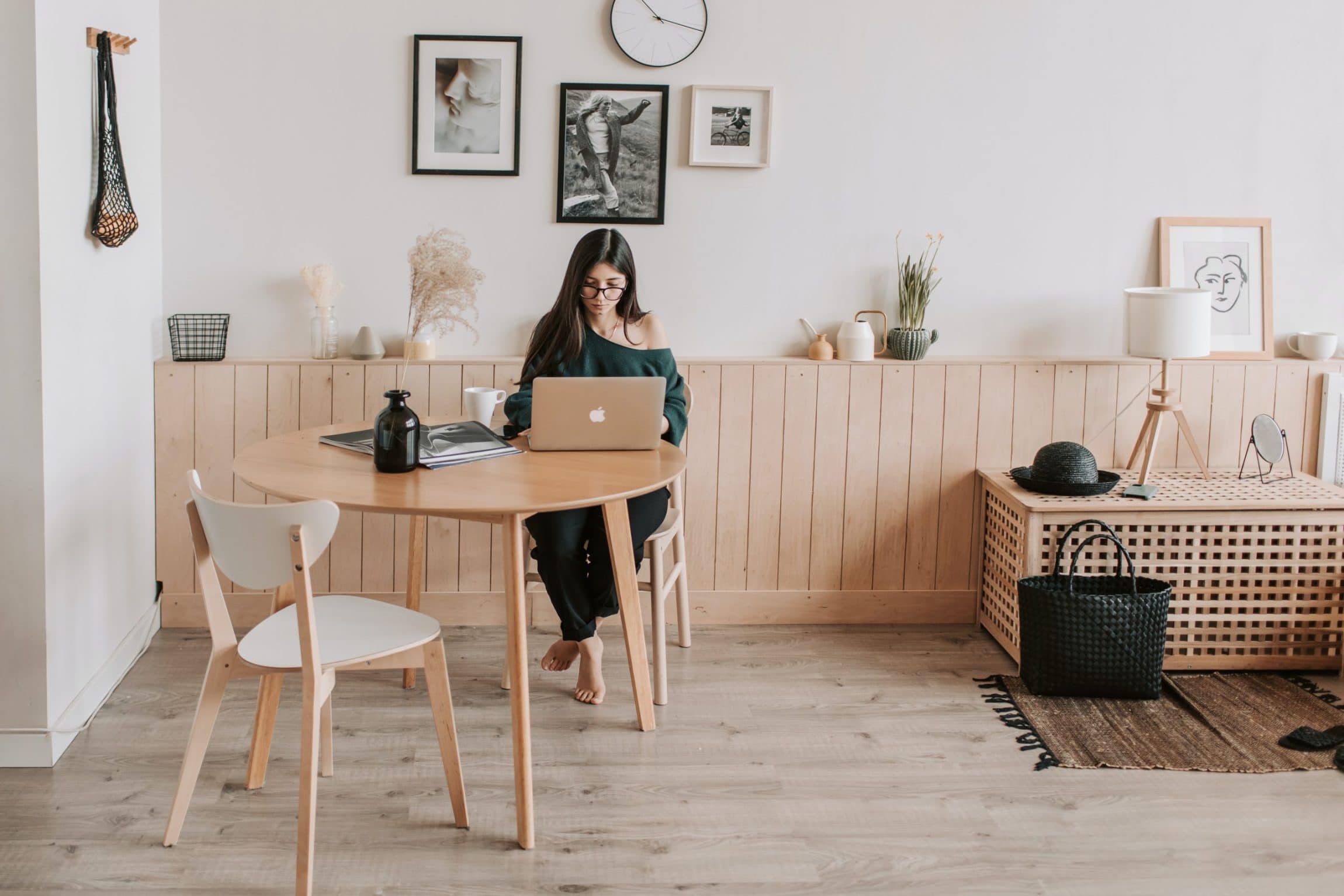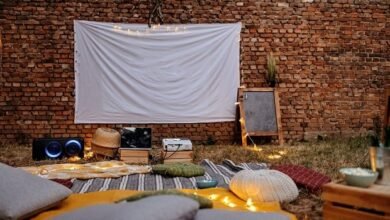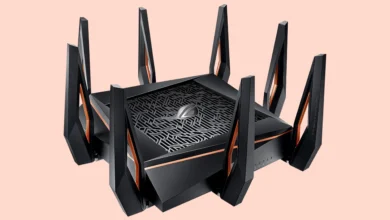Embracing Minimalist Living: A Guide to Simplifying Your Life

In today’s fast-paced world, many of us find ourselves overwhelmed by the sheer volume of possessions, commitments, and distractions. Minimalist living offers a refreshing alternative — a lifestyle that focuses on intentionality, simplicity, and clarity. If you’ve ever felt the weight of clutter or the desire to create more space for what truly matters, this guide is for you.
What Is Minimalist Living?
Minimalism is more than just getting rid of your belongings; it’s a mindset and way of life that prioritizes quality over quantity. It’s about owning fewer things, reducing distractions, and making room for experiences, relationships, and personal growth.
By removing the unnecessary, minimalism allows you to focus on what’s truly meaningful, whether that’s your passions, career, or well-being. While minimalism looks different for everyone, its essence remains the same: less is more.
The Benefits of Minimalist Living
Living minimally can have a profound impact on your mental, emotional, and even financial well-being. Here are some of the key benefits:
- Reduced Stress and Anxiety
Clutter often creates chaos in our minds. A tidy, simplified environment can help foster peace and clarity. - More Financial Freedom
Spending less on unnecessary items leaves you with more money for savings, investments, or experiences. - Improved Focus
By eliminating distractions, you can better concentrate on your priorities. - Better Relationships
Fewer possessions mean less maintenance and more time for family, friends, and meaningful connections. - Eco-Friendly Lifestyle
Consuming less contributes to a more sustainable and environmentally conscious way of life.
Steps to Start Your Minimalist Journey
Embarking on a minimalist lifestyle doesn’t require drastic changes overnight. Here are practical steps to help you begin:
1. Define Your Why
- Reflect on your reasons for pursuing minimalism. Do you want to save money? Reduce stress? Spend more time with loved ones? Having a clear purpose will keep you motivated.
2. Declutter Your Space
- Start small. Pick a single drawer, shelf, or room and sort your items into categories: keep, donate, sell, or discard.
- Ask yourself: “Does this bring me joy? Do I use it regularly?” If not, let it go.
3. Adopt a One-In-One-Out Rule
- For every new item you bring into your home, remove one you no longer need. This prevents clutter from accumulating.
4. Simplify Your Schedule
- Minimalism isn’t just about possessions. Evaluate your commitments and let go of activities or obligations that don’t align with your goals or values.
5. Mindful Consumption
- Before making a purchase, pause and consider: “Do I really need this? Will it add value to my life?” Prioritize quality over quantity.
Overcoming Common Challenges
Transitioning to minimalism can be challenging, especially if you’re used to a more consumer-driven lifestyle. Here’s how to navigate some common obstacles:
- Emotional Attachments
It can be hard to part with items that hold sentimental value. Focus on keeping a few meaningful pieces and let go of the rest. - Fear of Missing Out (FOMO)
Remind yourself that minimalism is about gaining freedom, not losing opportunities. Experiences often bring more fulfillment than material possessions. - Resistance from Others
Not everyone in your life may embrace minimalism. Lead by example and focus on your own journey rather than convincing others.
Living Minimalism Beyond Your Home
Minimalism isn’t limited to decluttering your space. You can apply its principles to various aspects of life:
- Digital Minimalism
Organize your digital files, unsubscribe from unnecessary emails, and limit screen time to reduce digital overwhelm. - Wardrobe Simplification
Create a capsule wardrobe with versatile, high-quality pieces you love and wear often. - Mindful Relationships
Surround yourself with people who uplift and support you. Let go of toxic or draining connections.
Minimalism as a Lifelong Practice
Minimalist living isn’t a one-time event but an ongoing practice. As your life evolves, so will your definition of minimalism. Regularly reassess your possessions, commitments, and priorities to ensure they align with your goals.
Final Thoughts
Minimalist living is a journey toward intentionality, freedom, and fulfillment. By letting go of the excess and embracing simplicity, you can create space for what truly matters in your life. Whether you’re just starting out or looking to deepen your practice, remember that minimalism is about progress, not perfection. Start small, stay consistent, and enjoy the transformative power of living with less.



